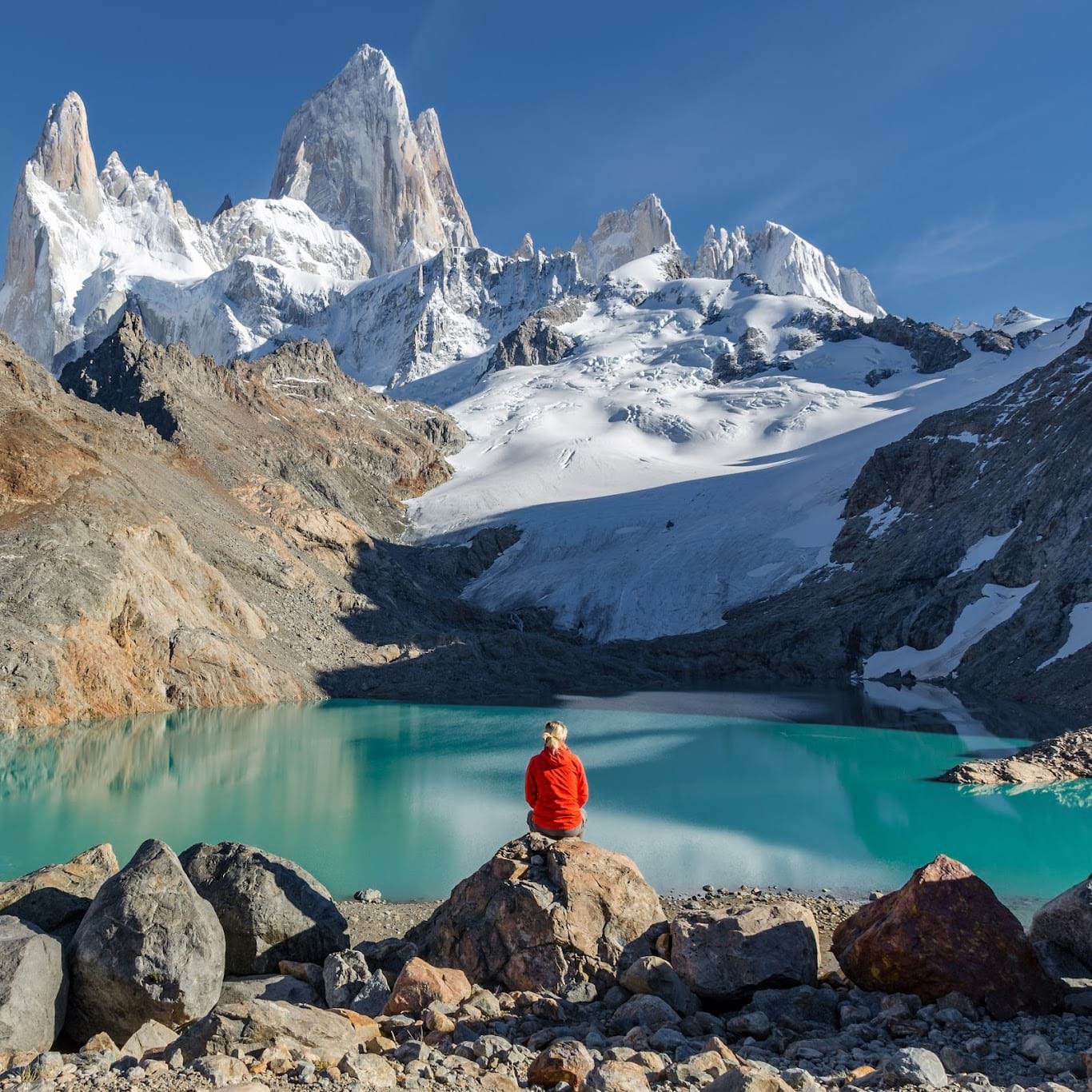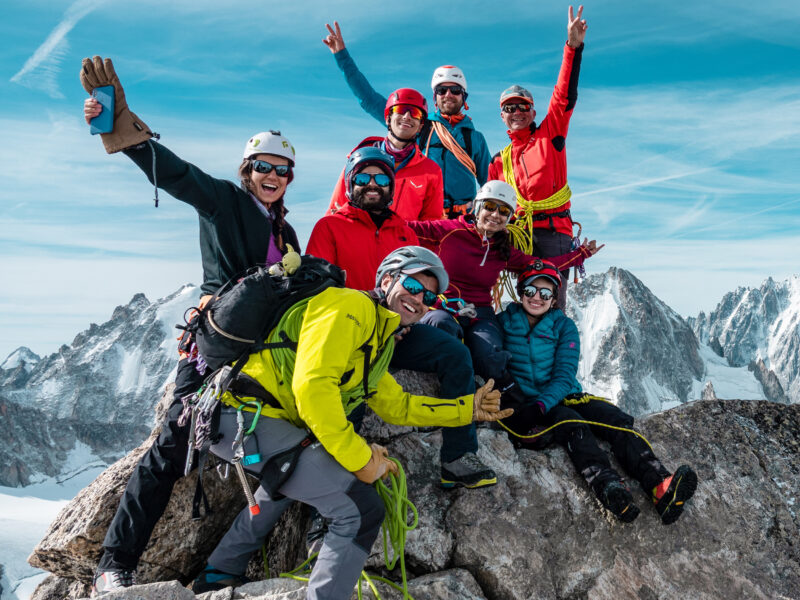BY Rami Rasamny | February 04 2020
Outdoor Jargon Buster


“We’ve put together a simple list to explain some of the common words you’re likely to hear in the lead up to your first adventure that’ll help you decipher the undecipherable!”
Walking into an outdoor store or chatting about your upcoming adventure with someone with even marginally more experience than you can sometimes feel like speaking French with Joey. It just doesn’t make any sense. Well, fear not! We’ve put together a simple list to explain some of the common words you’re likely to hear in the lead up to your first adventure that’ll help you decipher the undecipherable!
ACCLIMATIZATION
This means getting your body used to the higher altitude environment. Basically, it’s your body producing more red blood cells to compensate for less oxygen on treks and climbs. This is usually something we start talking about for anything above 3,500 meters. Someone who is well acclimatized reduces the risk of feeling symptoms related to altitude exposure.
AMS
This literally stands for Acute Mountain Sickness, which we colloquially refer to as altitude sickness. Altitude sickness comes as a result of not properly acclimatizing or reacting negatively to times spent at high altitude. Usually symptoms of AMS decrease as our body gets used to being in the higher regions and very rarely is it a cause for concern on normal trekking routes.
CAMEL BACK
Although Camel Back is a brand, when used in trekking discourse it means a water bag with a tube straw that allows you to drink without having to open or close a bottle. The bag is usually tucked into the backpack with the straw clipped to the bags shoulder strap for easy access whilst walking
CARABINER
This device is usually used when climbing but it also has some use to us as trekkers. It is a pear shaped or oval metallic loop with a gate and is usually used as a clip. We’ve included carabiners on this list because some people use them to clip on water bottles or trekking items that can’t fit inside the backpack itself.
DIAMOX
Another brand that has made its way into colloquial use, Diamox is a medication sometimes used to reduce the symptoms of altitude sickness. The actual composition is Apo-Acetazolamide. Although it is hardly used by trekkers anymore, a typical first aid kit still keeps the meds for use as an aid to alleviate symptoms in order to assist people off the mountain

“Heard another word you don’t have the slightest clue about? Reach out to us and we’ll help you crack the cipher.”
Diamox does not cure altitude sickness. It only masks the symptoms.
DOWN JACKET
This is the warmest jacket in our arsenal of layers. It’s either made up of goose feather fills or synthetic fibers. It’s a puffy stitched jacket that can be stuffed into the bottom of a bag without taking up too much space. Some can even be tucked into a pocket and turned into a pillow. Down jackets differ one from the other depending on the number of fills per compartment. The higher the fills the warmer the jacket.
DUFFLE BAG
A duffle bag is essentially a durable soft-shell travel bag, usually waterproof, and used to carry our heavier gear or stuff that we won’t be using on a particular day. In some instances, duffle bags are mounted on animals such as Yaks for transport. On treks like Kilimanjaro porters ferry the duffle bags from camp to camp.
FLEECE
A fleece is basically a synthetic sweater used as a middle layer. The material itself is called fleece and it’s the sort of material that gives you an electric shock every time you touch something metal. Good thing there isn’t much metal on the trails.
GAITERS
Gaiters keep water and snow out of the boots by adding a layer that extends from the ankle to the shin. They come in different shapes and sizes and the key is to get something that fits on easily and doesn’t take up too much space.
GORE-TEX
Although commonly used to describe something as waterproof, Gore-Tex actually refers to a particular brand of waterproofing material. It isn’t the only form of waterproofing but buying gear with a Gore-Tex label is widely considered top tier assurance that the product won’t fail at least in the early days of its life cycle.
LINERS
Liners refer to any insulating layer that fits between your skin and whatever layer comes above it. A liner glove refers to a liner that ads insulation between your hands and the bulkier waterproof gloves. A sleeping bag liner is an extra layer put into the sleeping bag to add comfort and warmth.
Heard another word you don’t have the slightest clue about? Reach out to us and we’ll help you crack the cipher.
About The Author
Rami Rasamny is the founder of Life Happens Outdoors, a premium adventure travel community dedicated to transforming lives through curated outdoor experiences. A mountaineer and entrepreneur, Rami has led teams on some of the world’s most challenging peaks, from the Alps to the Himalayas. His mission is to make adventure accessible, transformative, and safe for all who seek to push their limits and Come Back Different.
About Life Happens Outdoors
At Life Happens Outdoors, we believe in the power of nature to transform lives. As proud members of the Adventure Travel Trade Association (ATTA) and the World Travel & Tourism Council (WTTC), our team of certified guides and outdoor professionals is committed to the highest standards of safety, sustainability, and excellence.
Discover more about our story and mission on our Meet LHO page, or explore our curated adventures such as the Tour du Mont Blanc Trek, the Climb of Kilimanjaro, and Chasing the Northern Lights.















